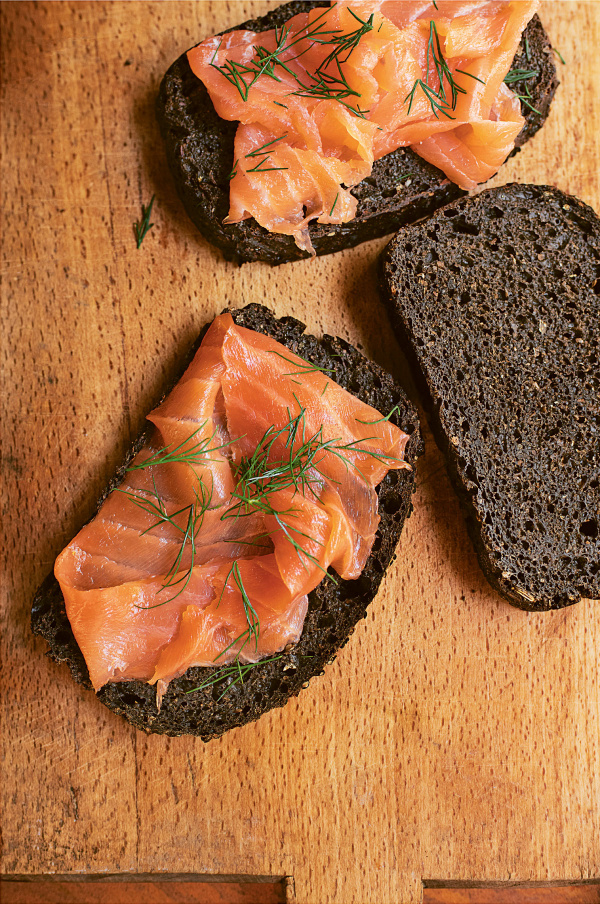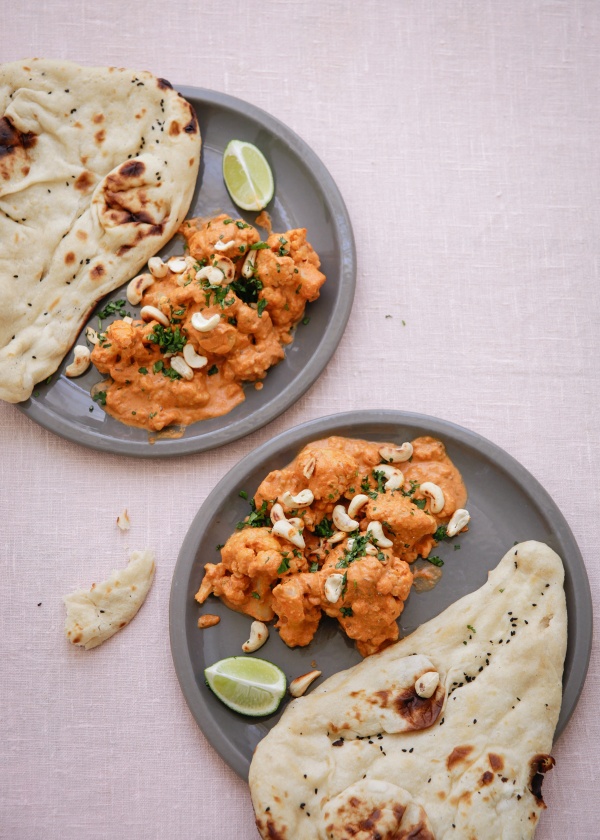Proving Bread Overnight
Asked by mikehonour. Answered on 29th April 2011
Full question
I was just wondering whether you can leave bread made with fast acting dried yeast to prove over night?
Our answer
Fast acting (or instant yeast) is the type of yeast that comes in very fine granules and is stirred directly into the flour, rather than being mixed with warm water and a little sugar to activate it before using. Usually when making bread with fresh or regular dried yeast you mix and knead the dough, leave it to rise then knock it back (deflate the risen dough by light kneading), shape it and leave it to prove (a second period of rising) before baking. One of the advantages of fast acting yeast is that you can do just one rise so the dough can be mixed and kneaded, shaped and left to prove - though you can also follow the two rise method if you prefer.
It is possible to leave bread dough to rise overnight. This needs to be done in the refrigerator to prevent over-fermentation and doughs with an overnight rise will often have a stronger more yeasty flavour which some people prefer. However we would suggest that this is really only useful for the first rise if using the two rise method. When bread is being proved before baking you do need to monitor the rising of the dough to make sure that it is baked at the correct point - when the dough has risen enough to be slightly puffy and if you press the side with your finger it should leave a small indent. If the dough is left longer it will over prove (the gas bubbles in the dough become too large) and when the loaf is baked it is less likely to rise in the oven and it is also possible that it will become mis-shaped on baking as some of the gas bubbles may be so large that they over-expand with the heat of the oven and then collapse.
If you are short on time then you can use fast acting yeast to do just one proving rise - in warm conditions it should take less than an hour. If you are looking to have freshly-baked bread in the morning then you can always make rolls or smaller loaves (such as a plaited loaf or a ciabatta-shaped loaf) the day before (using a one or two rise method) and part bake them, then finish them off in the following morning. After proving bake the rolls at the temperature in your recipe for 2/3 of the recommended baking time. Cool the rolls and store in an airtight container overnight then bake (at the same temperature) for the remaining time the next day. For example if your recipe suggests baking rolls at 200c (400F) for 20 minutes then bake at 200c for 12 minutes for the first baking and at 200c for 8 minutes the following day. If the rolls are glazed then still glaze them at the point recommended in your recipe.





Tell us what you think
Thank you {% member.data['first-name'] %}.
Explore more questionsYour comment has been submitted.